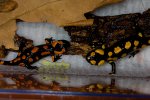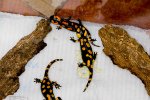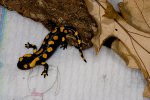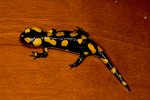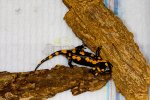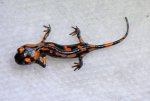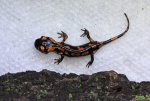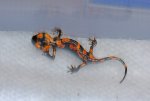Steve Roman
Member
- Joined
- Apr 7, 2008
- Messages
- 81
- Reaction score
- 8
- Points
- 8
- Location
- Champlin, MN
- Country
- United States
I got these last August as captive bred babies . When they arrived I was appalled by their condition. Several months and many earthworms later they are looking pretty good. The largest is about 70mm
Attachments
Last edited by a moderator:

